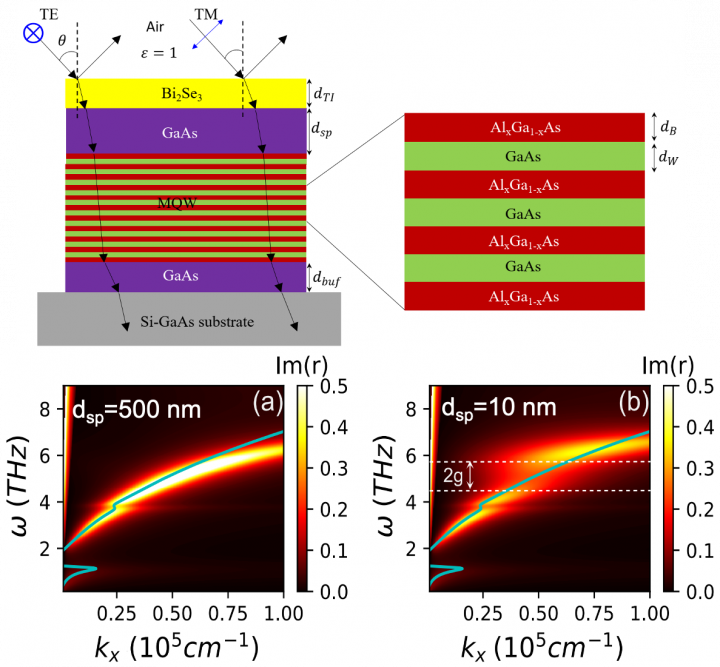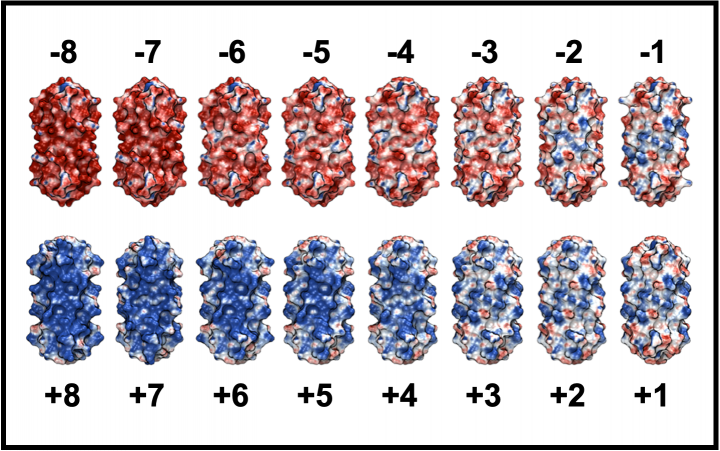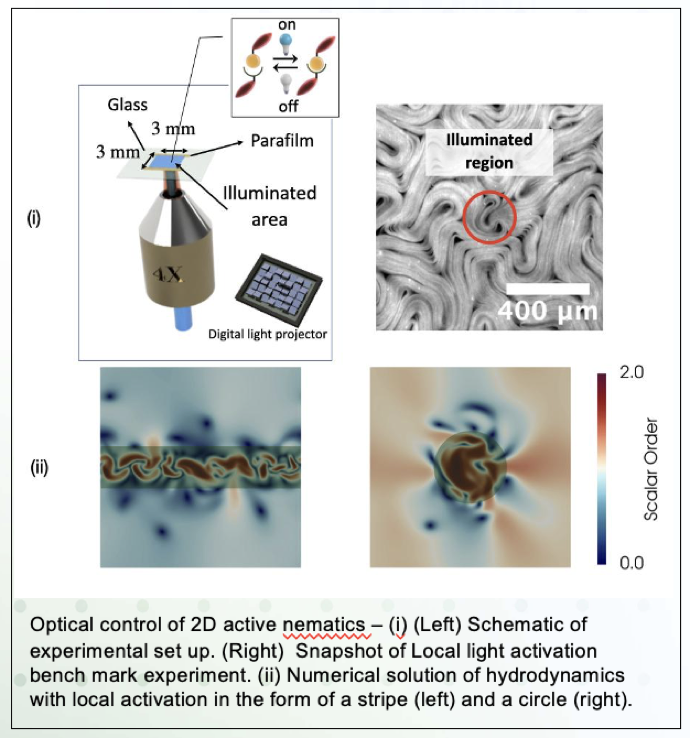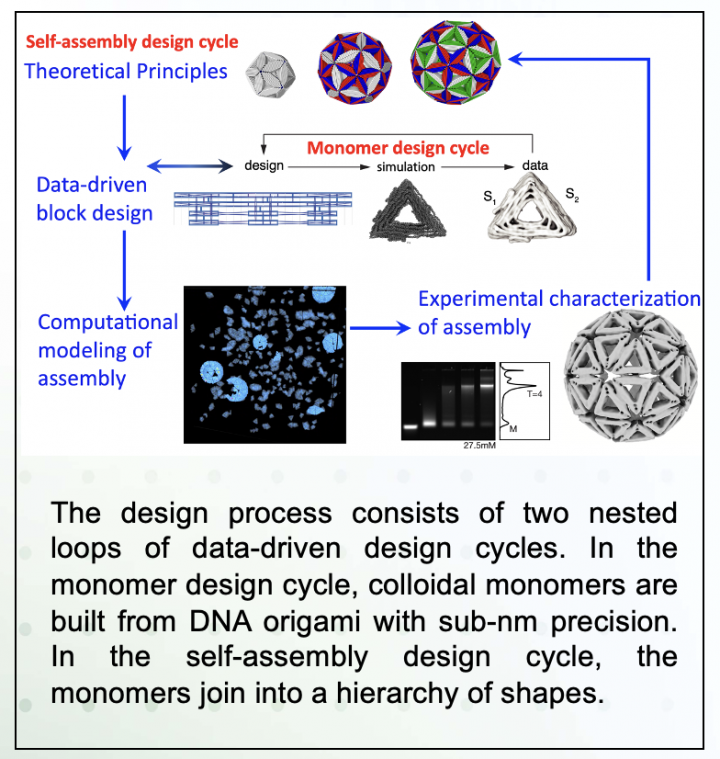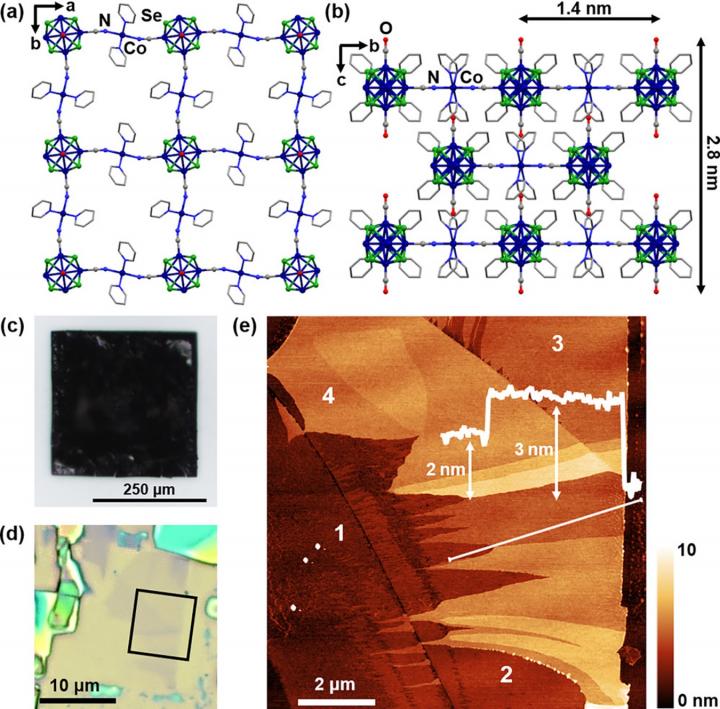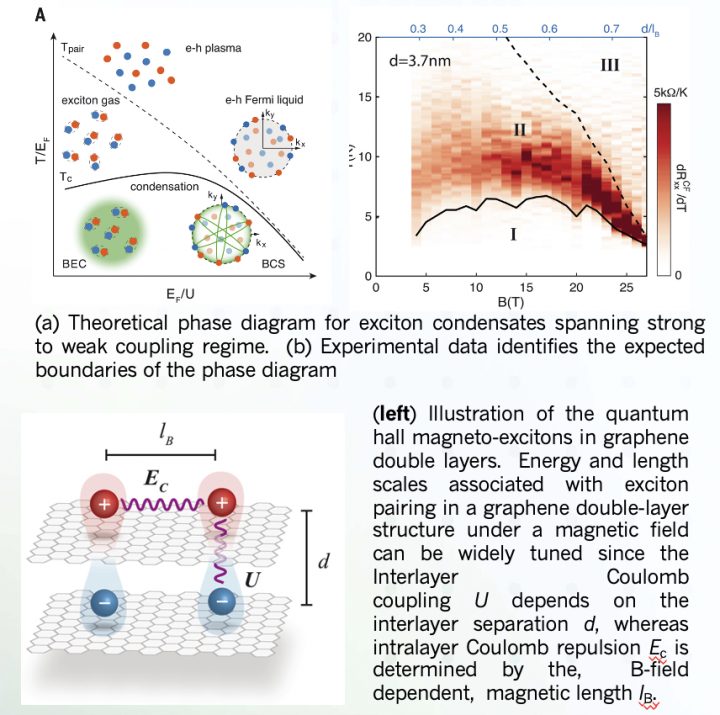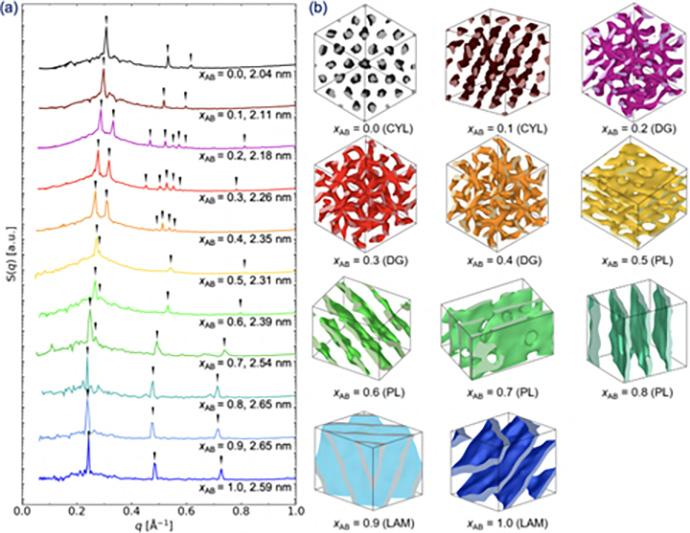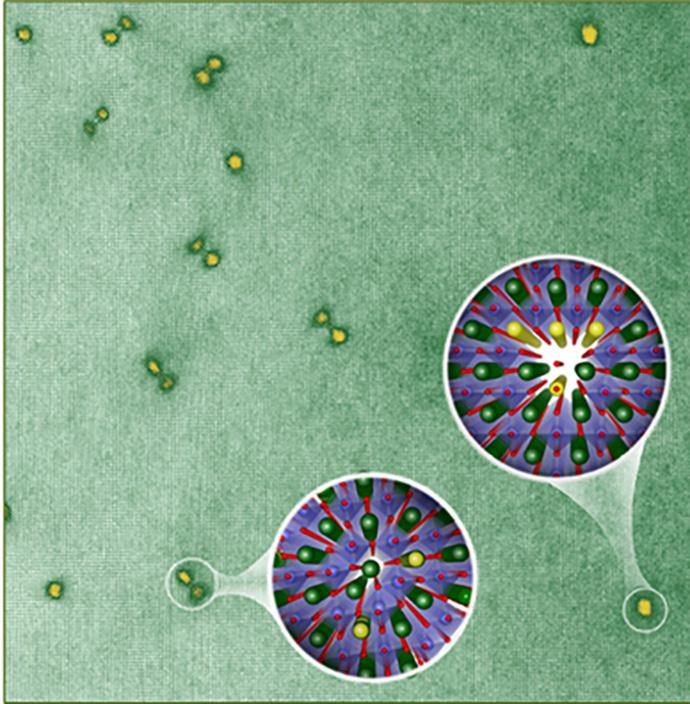In an experiment related to the theory of Luttinger Liquids (LLs), a team led by Princeton University physicists and chemists reports the realization of a one-dimensional linear array of LLs in a moiré superlattice – a new quantum state in an engineered structure made from a known material.

